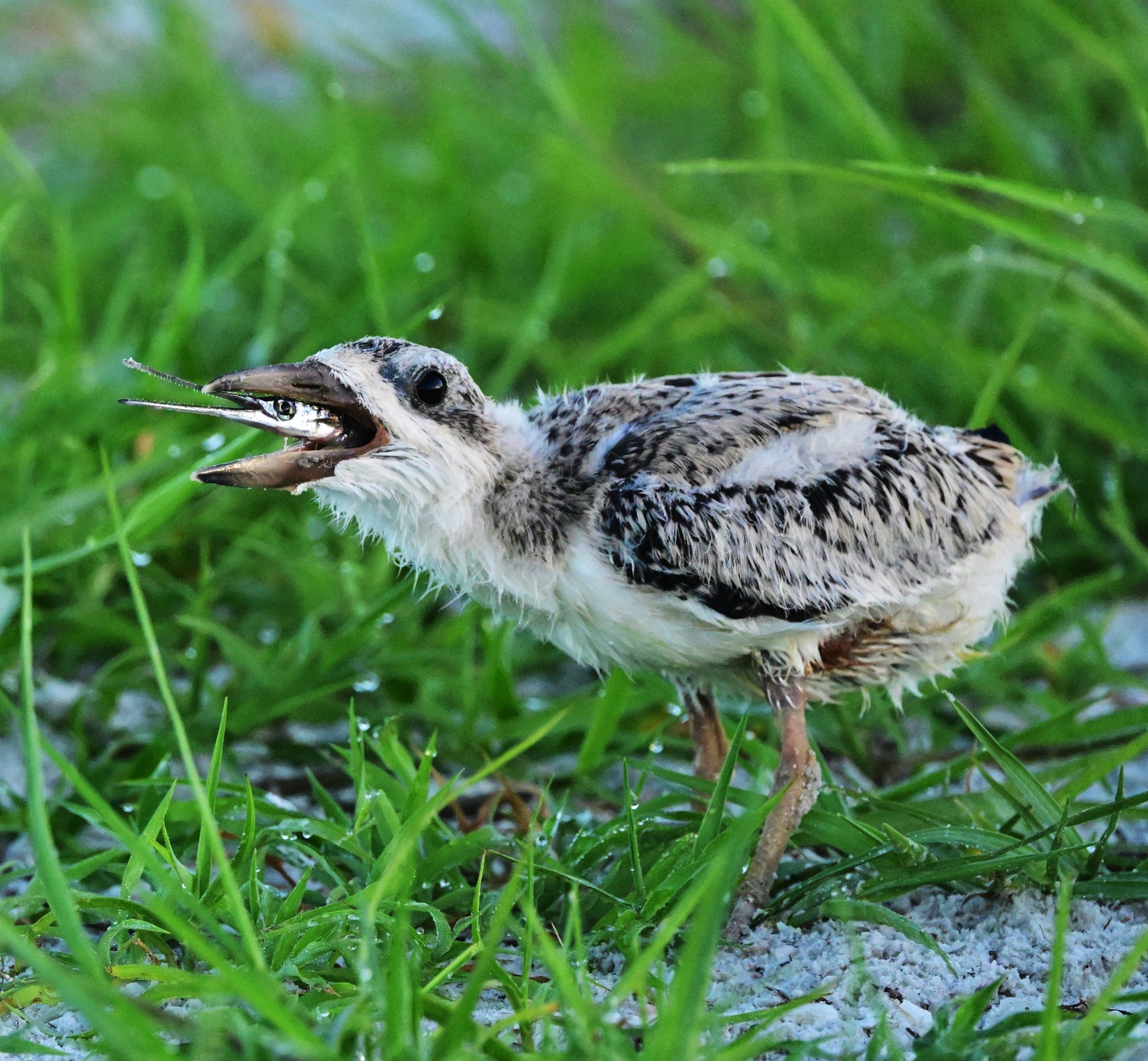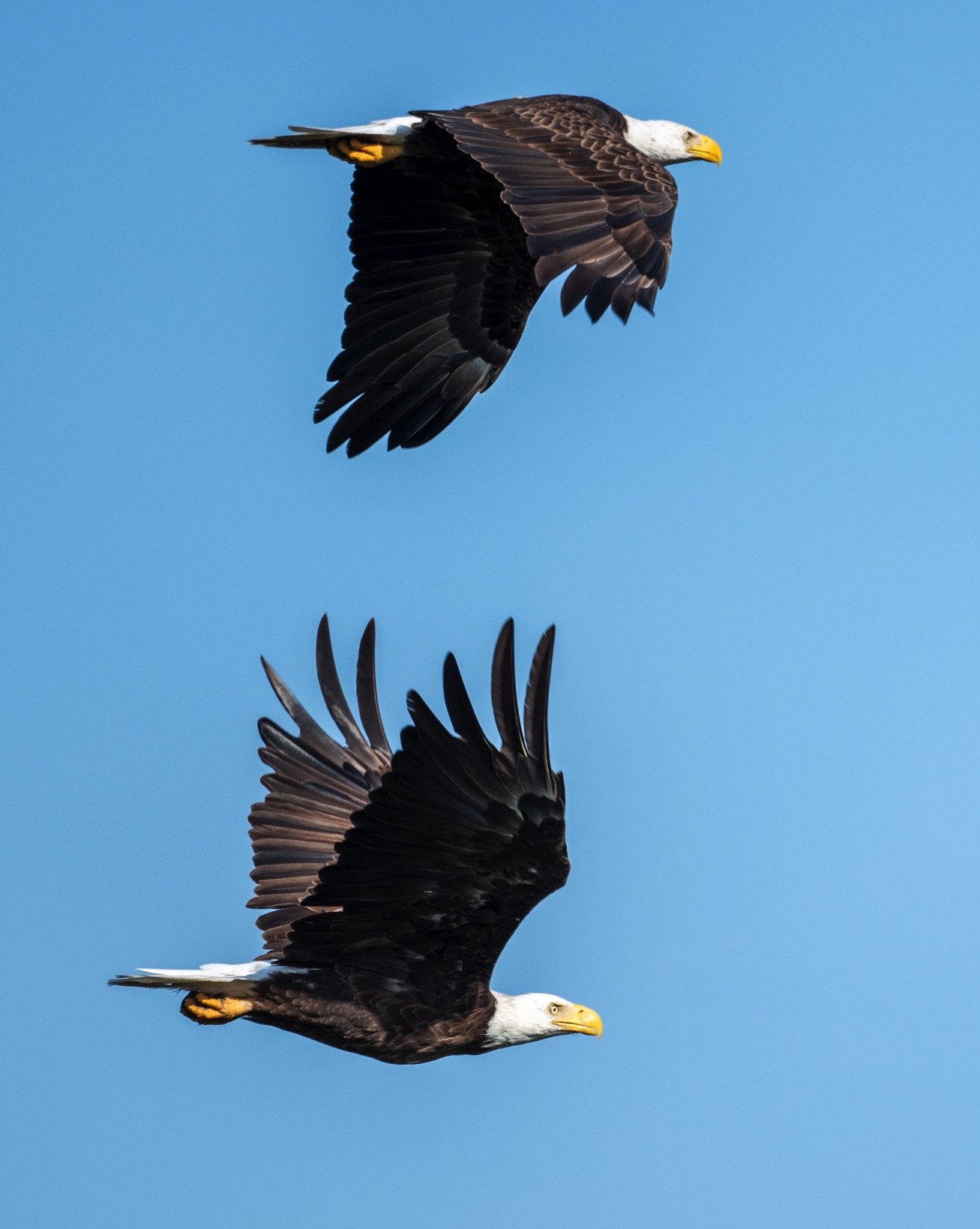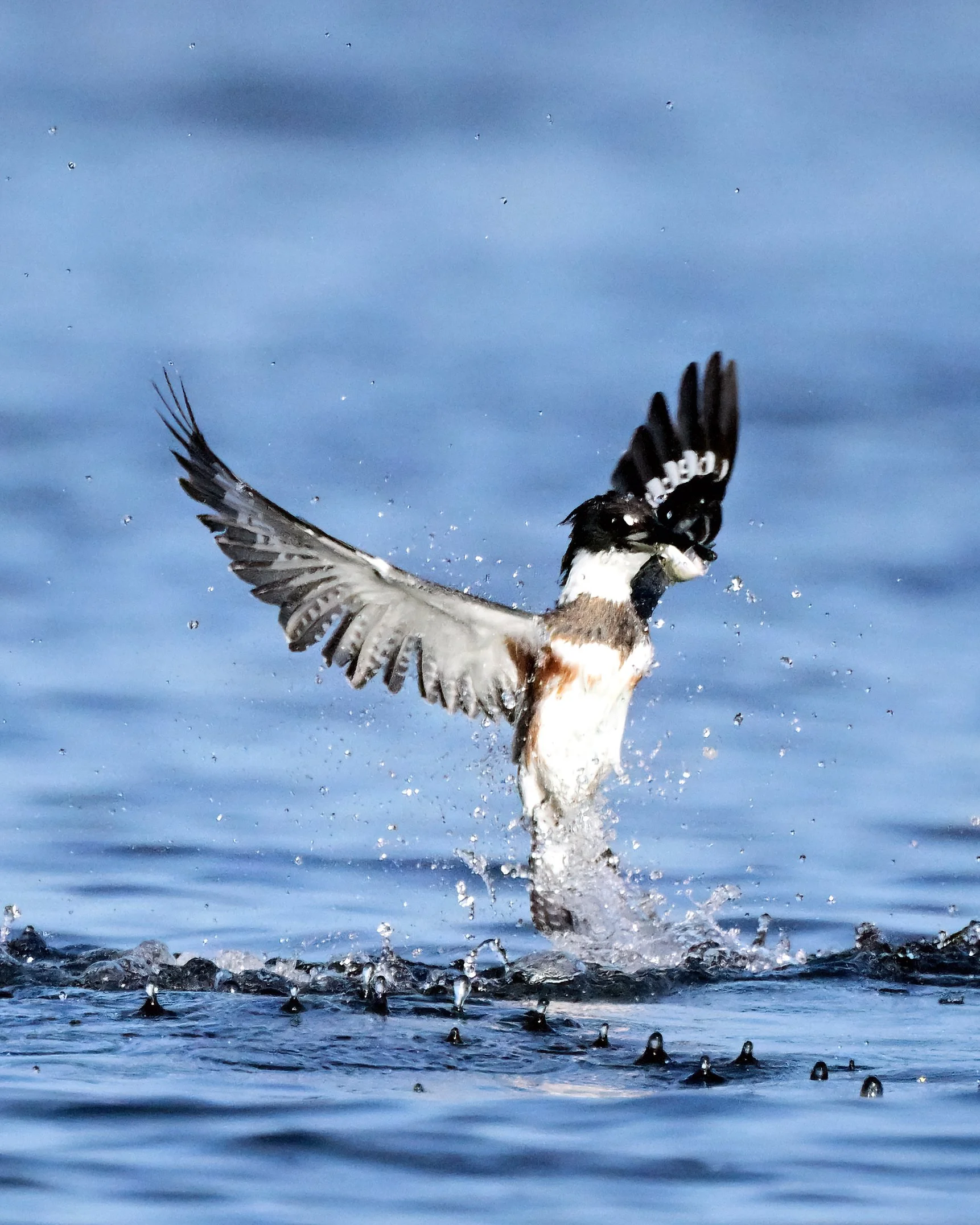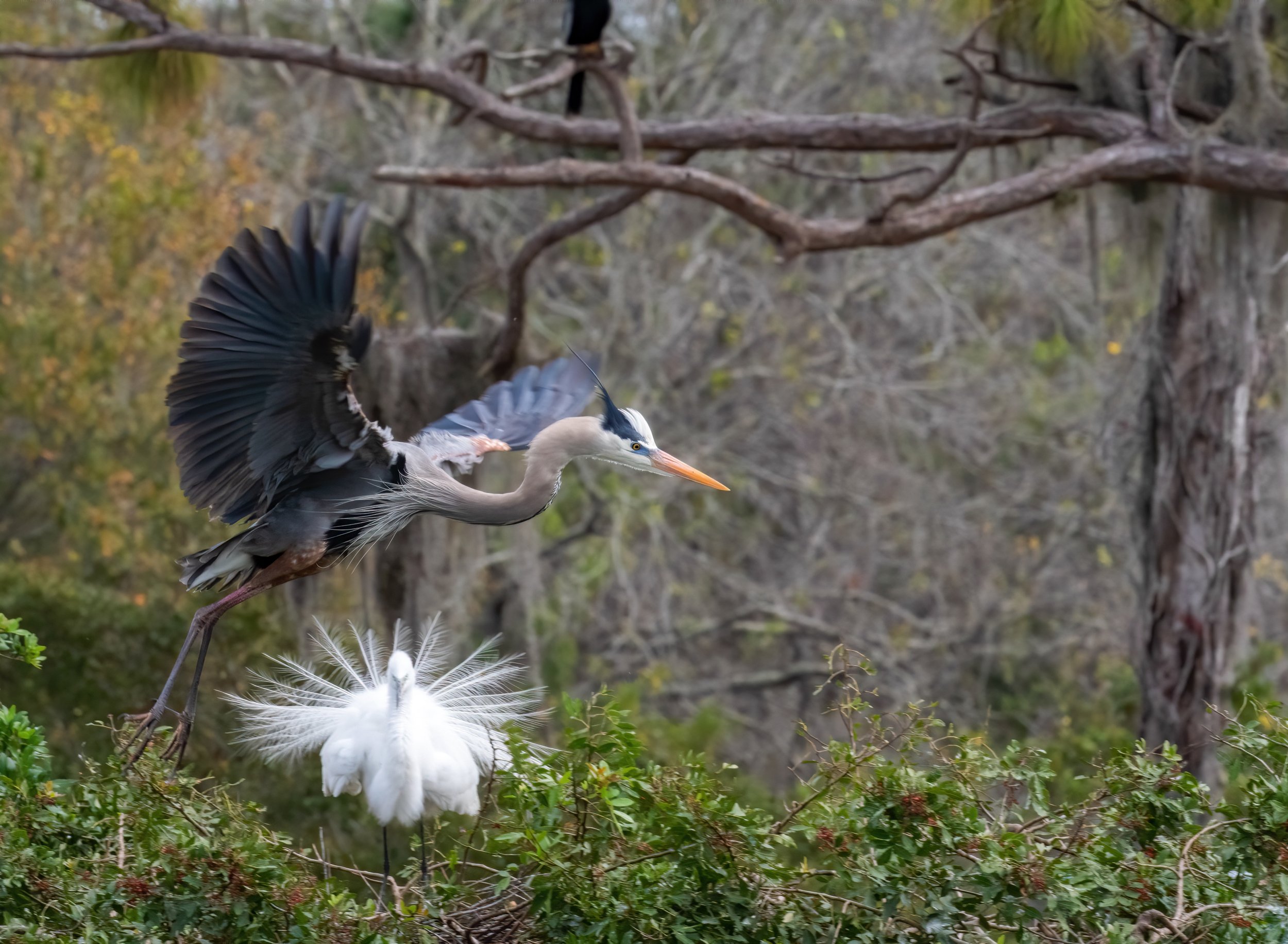 Image 1 of 8
Image 1 of 8

 Image 2 of 8
Image 2 of 8

 Image 3 of 8
Image 3 of 8

 Image 4 of 8
Image 4 of 8

 Image 5 of 8
Image 5 of 8

 Image 6 of 8
Image 6 of 8

 Image 7 of 8
Image 7 of 8

 Image 8 of 8
Image 8 of 8









20 x 16 limited edition canvass print of a baby black skimmer swallowing a needlefish
This is an incredible action photo of a baby black skimmer swallowing a needlefish tail first. Most birds swallow their fish head fist to keep the fins from getting stuck in their gullets. This baby chick was barely a week old and its DNA tells its to swallow the needlefish tail first to avoid being jabbed by the sharp needle.
tell me about the baby black skimmer
The baby black skimmer is part of a unique and fascinating bird species found primarily along coastal areas in North America. Here are some key points about the baby black skimmer:
Physical Characteristics
Appearance: Newly hatched black skimmer chicks are covered in downy feathers, which are usually a light color, helping them blend into their sandy or pebbly nest sites. They have a relatively large bill that is not fully developed at this stage.
Bill: One of the most distinctive features of adult black skimmers is their elongated bill with a unique shape; the lower mandible is longer than the upper one. Chicks will grow into this feature as they mature.
Nesting and Development
Nesting: Black skimmers usually nest in colonies on sandy beaches, creating shallow scrapes in the sand for their eggs. The parents take turns incubating the eggs, which typically hatch after about 24–28 days.
Chick Development: After hatching, chicks are precocial, meaning they are relatively mature and mobile shortly after birth. They can leave the nest within a day or two to forage for food alongside their parents but remain dependent on them for several weeks.
Behavior
Feeding: Black skimmer chicks are taught to hunt for food primarily by their parents, who skim the water surface using their unique bill to catch small fish and invertebrates. The adults will bring food back to the chicks until they can forage for themselves.
Social Behavior: Chicks often remain in close proximity to their parents and other chicks in the colony. They sometimes engage in play behaviors as they learn to hunt and navigate their environment.
This is an incredible action photo of a baby black skimmer swallowing a needlefish tail first. Most birds swallow their fish head fist to keep the fins from getting stuck in their gullets. This baby chick was barely a week old and its DNA tells its to swallow the needlefish tail first to avoid being jabbed by the sharp needle.
tell me about the baby black skimmer
The baby black skimmer is part of a unique and fascinating bird species found primarily along coastal areas in North America. Here are some key points about the baby black skimmer:
Physical Characteristics
Appearance: Newly hatched black skimmer chicks are covered in downy feathers, which are usually a light color, helping them blend into their sandy or pebbly nest sites. They have a relatively large bill that is not fully developed at this stage.
Bill: One of the most distinctive features of adult black skimmers is their elongated bill with a unique shape; the lower mandible is longer than the upper one. Chicks will grow into this feature as they mature.
Nesting and Development
Nesting: Black skimmers usually nest in colonies on sandy beaches, creating shallow scrapes in the sand for their eggs. The parents take turns incubating the eggs, which typically hatch after about 24–28 days.
Chick Development: After hatching, chicks are precocial, meaning they are relatively mature and mobile shortly after birth. They can leave the nest within a day or two to forage for food alongside their parents but remain dependent on them for several weeks.
Behavior
Feeding: Black skimmer chicks are taught to hunt for food primarily by their parents, who skim the water surface using their unique bill to catch small fish and invertebrates. The adults will bring food back to the chicks until they can forage for themselves.
Social Behavior: Chicks often remain in close proximity to their parents and other chicks in the colony. They sometimes engage in play behaviors as they learn to hunt and navigate their environment.

This is an incredible action photo of a baby black skimmer swallowing a needlefish tail first. Most birds swallow their fish head fist to keep the fins from getting stuck in their gullets. This baby chick was barely a week old and its DNA tells its to swallow the needlefish tail first to avoid being jabbed by the sharp needle.
tell me about the baby black skimmer
The baby black skimmer is part of a unique and fascinating bird species found primarily along coastal areas in North America. Here are some key points about the baby black skimmer:
Physical Characteristics
Appearance: Newly hatched black skimmer chicks are covered in downy feathers, which are usually a light color, helping them blend into their sandy or pebbly nest sites. They have a relatively large bill that is not fully developed at this stage.
Bill: One of the most distinctive features of adult black skimmers is their elongated bill with a unique shape; the lower mandible is longer than the upper one. Chicks will grow into this feature as they mature.
Nesting and Development
Nesting: Black skimmers usually nest in colonies on sandy beaches, creating shallow scrapes in the sand for their eggs. The parents take turns incubating the eggs, which typically hatch after about 24–28 days.
Chick Development: After hatching, chicks are precocial, meaning they are relatively mature and mobile shortly after birth. They can leave the nest within a day or two to forage for food alongside their parents but remain dependent on them for several weeks.
Behavior
Feeding: Black skimmer chicks are taught to hunt for food primarily by their parents, who skim the water surface using their unique bill to catch small fish and invertebrates. The adults will bring food back to the chicks until they can forage for themselves.
Social Behavior: Chicks often remain in close proximity to their parents and other chicks in the colony. They sometimes engage in play behaviors as they learn to hunt and navigate their environment.








